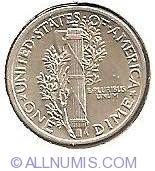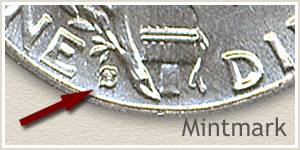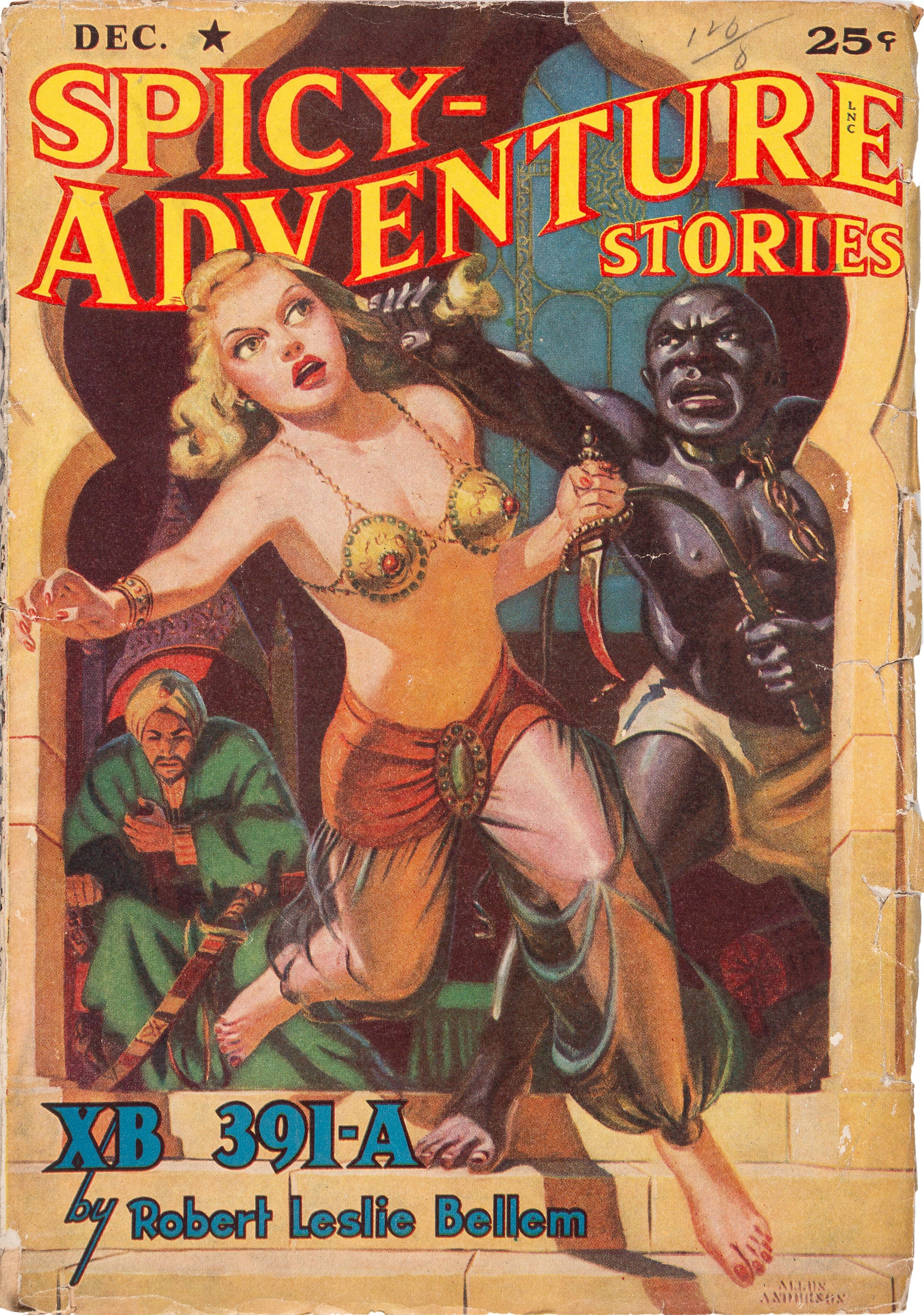1941 Dime
- Did you scroll all this way to get facts about 1941 dime? Well you're in luck, because here they come. There are 428 1941 dime for sale on Etsy, and they cost $213.86 on.
- We talk about 1941 Mercury dimes and compare dimes struck in all 3 mints to see which one is the most valuable.Thank You for watching and as always remember.

Winged Liberty Head (Mercury) Dime
Searching for valuable dimes in your pocket change ca lead to you finding rare coins in circulation. In this video we look at rare dimes worth money that are.
Female Winged Liberty Head mistaken for male god Mercury By William T. Gibbs
COIN WORLD Staff Let's set one fact straight from the very beginning: Adolph A. Weinman never intended his design for the obverse of the new di...READ MORE
Winged Liberty Head (Mercury) Dime
Female Winged Liberty Head mistaken for male god Mercury By William T. GibbsCOIN WORLD Staff Let's set one fact straight from the very beginning: Adolph A. Weinman never intended his design for the obverse of the new dime introduced in 1916 to represent Mercury, that male, fleet-of-foot, Roman god of messengers. The female visage (there's no hint of androgyny about her portrait, so how she could be mistaken for a male god is a mystery) on the new dime is that of Liberty, her winged cap symbolizing, in Weiman's own words, 'liberty of thought,' not fleetness of foot. The Winged Liberty Head dime – popularly though erroneously known as the 'Mercury dime' – is considered by many the most attractive U.S. 10-cent coin. Weinman's dime was issued during the renaissance of U.S. coinage design, which began in 1907 and 1908 with the new gold designs; continued in 1913 with the Indian Head 5-cent coin; reached its zenith in 1916 with stunning new designs for the dime, quarter dollar and half dollar; and ended in 1921 with the introduction of the Peace dollar. The introduction of the 1916 Winged Liberty Head dime prompted nearly universal praise from the coin collecting community. Weinman's designs were instantly recognized as brilliant. There are no truly rare dates in the Winged Liberty Head dime series, although there are some scarce die varieties that are not essential for a date and Mint mark set. If the figure on Adolph A. Weinman's dime isn't Mercury, who was she? Elsie Kachel Stevens, the young wife of poet Wallace Stevens, was Weinman's model. Wallace and Elsie Stevens rented rooms in a house owned by Weinman. The artist-sculptor asked Elsie to pose for a sculpture bust about 1913. She agreed. Weinman used his bust of Elsie Stevens as a model for the dime, when he began designing it in 1915. A profile photograph of the bust shows the obvious inspiration for the dime. Unfortunately, the whereabouts of Weinman's bust is unknown. It disappeared after Wallace Stevens' death, and after their daughter declined to accept it as a gift from her mother. One thing collectors should be aware of is the large numbers of Winged Liberty Head dimes with machine doubling, especially in the date area. Machine doubling is caused by a mishap in the minting process and while considered collectible by a few, generally adds no premium to a coin. Machine doubling should not be mistaken for doubled die doubling. Two doubled die varieties are among most desirable coins. The most significant die varieties in the series are the 1942/1 and 1942/1-D Winged Liberty Head, Doubled Die dimes, commonly called overdates. The coins are not overdates in the traditional, pre-20th century sense (i.e., no one punched the numeral 2 over the numeral 1 in the date). Instead, they are doubled dies, just like the famous 1955 and 1972 Lincoln, Doubled Die cents. The two varieties were created when two dies, one intended for the Philadelphia Mint and the other for Denver, were impressed first with a hub dated 1941, and then impressed a second time with a hub dated 1942.

Winged Liberty Head dime | |
| Date of authorization: | April 2, 1792 |
| Dates of issue: | 1916-1945 |
| Designer: | Adolph Weinman |
| Engraver: | Charles Barber |
| Diameter: | 17.91 mm/0.71 inch |
| Weight: | 2.50 grams/0.08 ounce |
| Metallic content: | 90% silver, 10% copper |
| Weight of pure silver: | 2.25 grams/0.07 ounce |
| Edge: | Reeded |
| Mint mark: | Reverse left of base of fasces (bundle of rods) |
The 1941 Mercury dime is a popular collectible with both novice and seasoned numismatists. Struck the year the United States entered World War II, the 1941 Mercury dime came near the end of the series for this beloved design.
Also known as the Winged Liberty Head dime, the Mercury silver dime was designed by Adolph A. Weinman. The series ran from 1916 through 1945. The public confused the youthful Lady Liberty with her winged helm with the Roman god Mercury. As is often the case, the public nickname became more popular.
The Mercury dime is rarely encountered today in circulation. Even so, millions of Mercury dimes still exist thanks to coin collectors who saved them in large quantities. As a result, Mercury dimes with high mintages are still numismatically common. That is certainly the case with the 1941 Mercury dime.
A Look at 1941 Mercury Dimes

Before going into the values of 1941 Mercury dimes, it’s important to first take a glimpse at the various issues that were minted that year.
The Philadelphia, Denver, and San Francisco Mints all produced business strike (circulation) 1941 dimes. These are the most common types that collectors will encounter in their numismatic journeys. 1941 Mercury silver dimes are often still found in rolls and bags of pre-1965 90% junk silver coinage, a popular item with some silver investors.
There is another version of the 1941 Mercury dime that is generally only collected by series enthusiasts. That is the 'proof' 1941 Mercury dime. Proof coins are made using special dies on polished blanks. This results in a coin with frosted features on a mirrored background.
Proof 1941 Mercury dimes were only made at the Philadelphia Mint. They are quite scarce. The 1941 Proof Mercury dime had a mintage of 16,557 coins, compared to a Philadelphia Mint circulation mintage of 175 million. Proof 1941 Mercury dimes in uncirculated condition are much more valuable than most surviving 1941 business-strike pieces.
That is not to say that proof coins are more valuable than all business strikes. There is a special variety of uncirculated 1941 Mercury dime that is generally more expensive than proof examples. This is the Full Bands Mercury dime.
Also known as Full Split Bands, these well-struck pieces show complete horizontal lines in the bands wrapped around the fasces found on the reverse of the coin. Designated as “FB” dimes, these Full Bands Mercury dimes are scarcer than their non-FB counterparts. They often sell for hundreds, if not thousands of dollars.
So, exactly how many 1941 Mercury dimes were struck? Here’s a breakdown by issue:
- 1941 – 175,090,000 pieces
- 1941-D – 45,634,000
- 1941-S – 43,090,000
- 1941 proof – 16,557
*Any varieties encountered for these issues are included in their respective issue’s mintage listed above
1941 Mercury Dime Values
Figuring out how much a 1941 Mercury dime is worth isn’t necessarily very difficult when a well-circulated piece is the subject of discussion. After all, each of the 1941 business strikes is very common in heavily worn grades—say, Very Fine-20 and lower. These pieces generally trade for their silver melt value, though collectors should expect to pay a slight retail premium when buying these coins.
While the most heavily worn 1941 Mercury dimes aren’t particularly valuable, those with less wear do carry numismatic premiums. Listed below are the three business-strike issues with typical prices for both Extremely Fine-40 and Mint State-65 examples.
1941 Mercury Dime Price Chart

*Values are for problem-free examples
What are FB examples worth? That’s a more nuanced area of Mercury dime study, but presented below are approximate values for specimens grading MS65 Full Bands:
- 1941 – $43
- 1941-D – $51
- 1941-S – $108
And what about the proof 1941 Mercury dime? Proof-65 specimens sell for around $175.
Mercury Dime Auction Records
Record auction prices illustrate the rarity and demand for a coin of the highest condition and eye appeal of a mintage.
While they aren't a direct indicator of the value of high grade coins of a particular date and mint, auction records provide a way to compare mintages.
In this case, record auction prices for 1941 Mercury dimes allow us to see the relative value of the 'best of the best' for each mintage. Note that proof Mercury dimes were only struck at the main US Mint in Philadelphia.

Auction Records for 1941 Mercury Dimes
Collecting Mercury Dimes
The 1941 Mercury dime is popular with many types of collectors. Some collectors build entire 77-coin date-and-mint mark sets of the 1916–1945 Mercury dime series. Other collectors only need a single Mercury dime for a type set.
1941 Dime With Wings On Head
Type set collectors pursue a certain group of coins from a particular time frame, nation, or other parameter. They often seek 1941 Mercury dimes because they are among the easiest to find in the series and the most affordable in nicer Mint State grades.
Type sets that would use a 1941 Mercury dime include a 20th century type set of all US coin designs and denominations from 1900 to 1999 (or 1901 to 2000).
Pile of Mercury dimes
United States dime type sets include all types struck since the denomination debuted in 1796 with the Draped Bust motif.
1941 Dime Price
A third popular way to collect Mercury dimes is to build a short set. A short set only covers a subset of a coin's date range. It may be an historically significant range of dates, or a period chosen for inexpensive high grade examples.
The typical short set of Mercury dimes focuses on the WWII 'war years' of 1941 to 1945. They happen to be the last five years the Mercury dime was struck. These five years also saw the largest Mercury dime mintages. The large mintages allows collectors to afford a higher grade coin for each mintage.
Obtaining a 1941 Mercury dime is a fantastic goal for any numismatist who enjoys beautiful silver coinage. It can be appreciated on its own, or as the base for any number of collections.
There’s a reason that collectors still gravitate toward this coin even many decades after it was last produced. The fascinating history of the design and the exciting collecting avenues it affords collectors is beyond compare.
1941 Dime With W Mint Mark
Joshua McMorrow-Hernandez is a journalist, editor, and blogger who has won multiple awards from the Numismatic Literary Guild. He has also authored numerous books, including works profiling the history of the United States Mint and United States coinage.
1941 Liberty Dime Size
More coin value articles from Gainesville Coins: